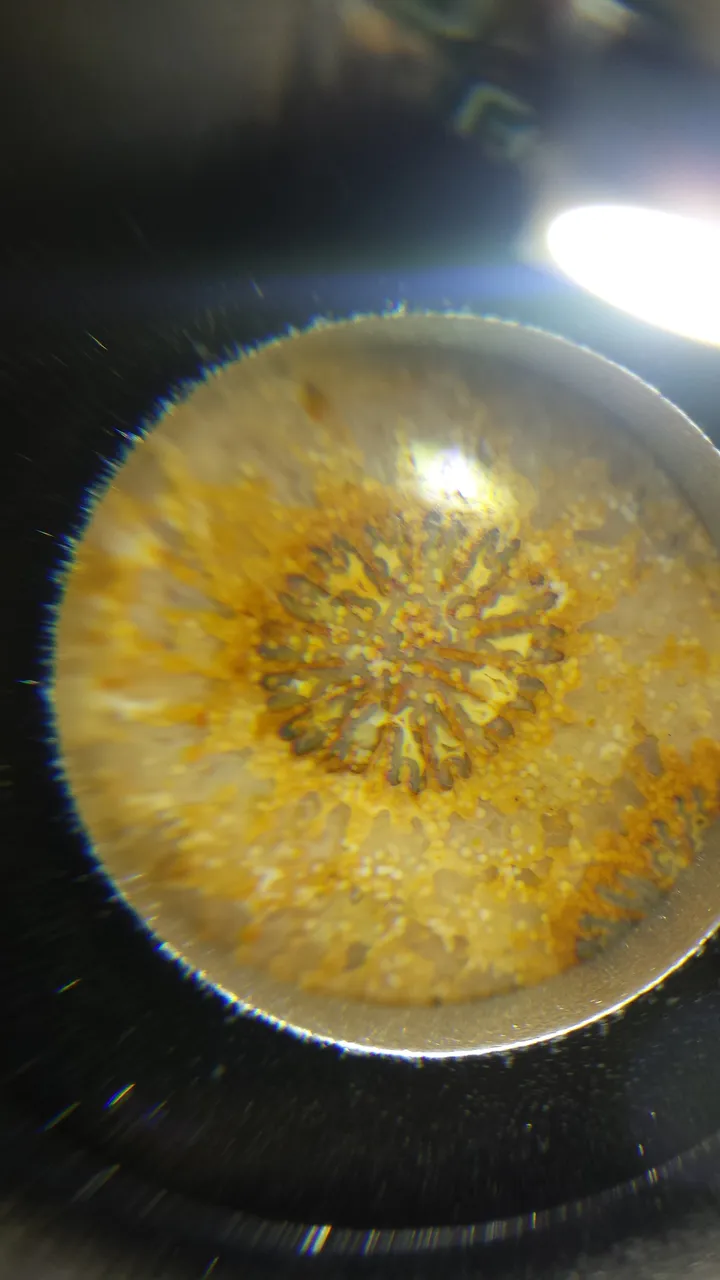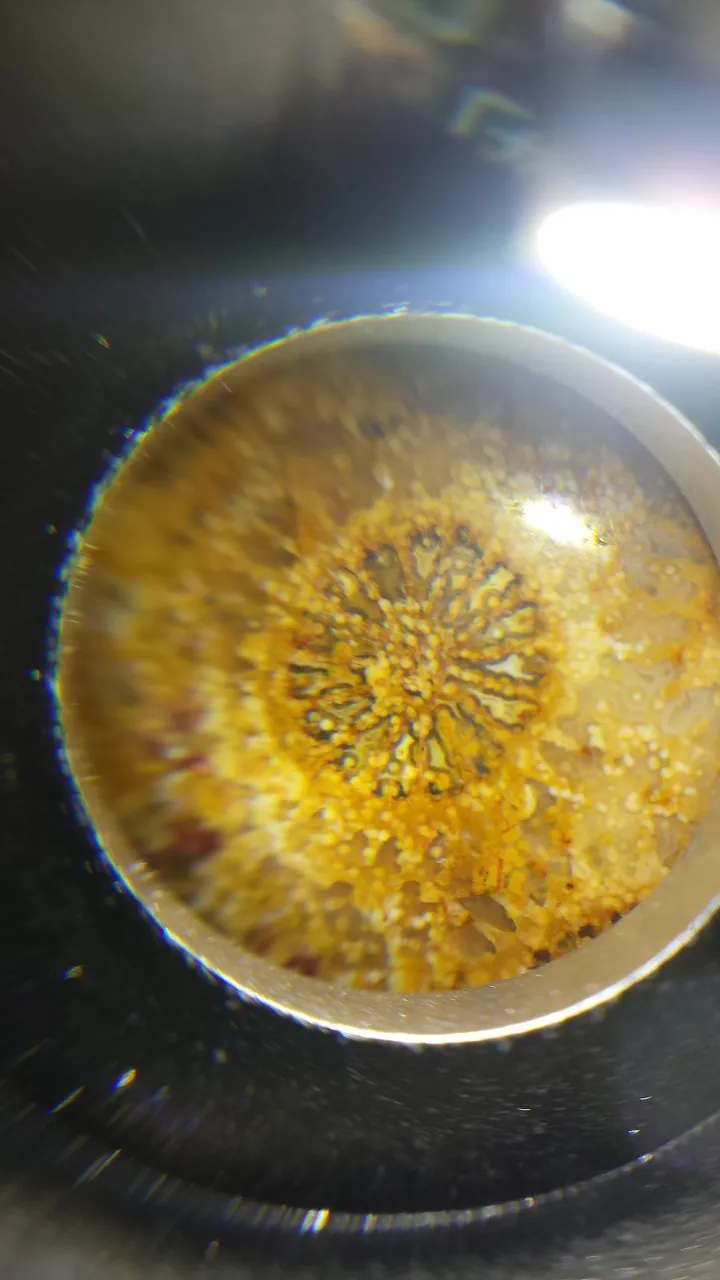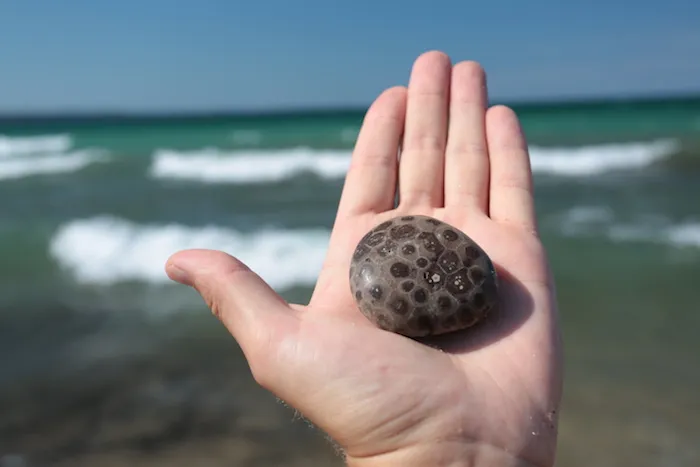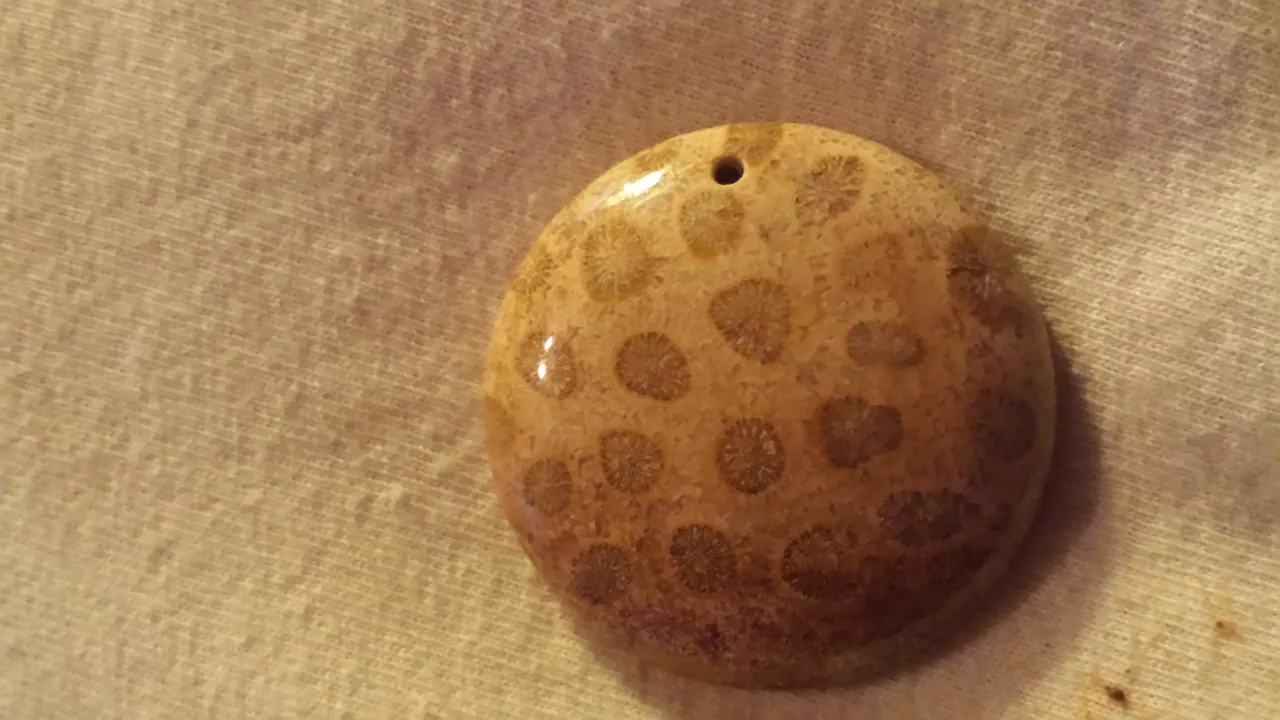There was a sea, where lake Michigan stands today; when the dinosaurs walked the Earth. These Petoskey stones come in a lot of colors, and sizes, and they are found walking the shore of this great lake. Looking carefully at the lake polished stones fo a leopard like surface, is how most of the stones are located.
Her is a look inside the Petoskey stone I have with a microscopic camera:

And:

This is the structure of a single coral organism, and it is amazing. The radiating galleries are very visable here.
Image from article:
https://www.michigan.org/article/trip-idea/where-find-petoskey-stones-michigan

Here is an article on the Petoskey stone:
https://www.michigan.org/article/trip-idea/where-find-petoskey-stones-michigan
Image from theis article
https://en.wikipedia.org/wiki/Petoskey_stone

More information on the Petoskey stone show that it is widely varied:
https://en.wikipedia.org/wiki/Petoskey_stone
This makes sense, because it was organic. Every stone was an aggregate colony of coral, so no two are alike. This makes the Petoskey stone always interesting, because like snowflakes, no two are alike!
Here is the entire Cabochon I have, ready for mounting on a white cloth:

The stone is actually a fossil of coral, and since it is fossilized, it polishes well, to make Jewelry. It has an interesting look, when the coral internals are exposed and polished; nothing else is quite like it.
I bought a polished piece fo Petoskey stone,about the size of a Silver Dollar, that I will include in a pendant to make jewelry I am still contemplating what the pendant should look like, but I am leaning towards a wire wrap design. My stone is browner in nature than this one, and is cut round and fairly flat. The high polish allows me to see inside the stone.
I don't do much work with Cabochons, unless they are special to me. I have collected rocks since I was old enough to walk, but most of my jewelry is done with gemstones these days. This Petoskey stone is pretty enough to stay in the running, even against gemstones.